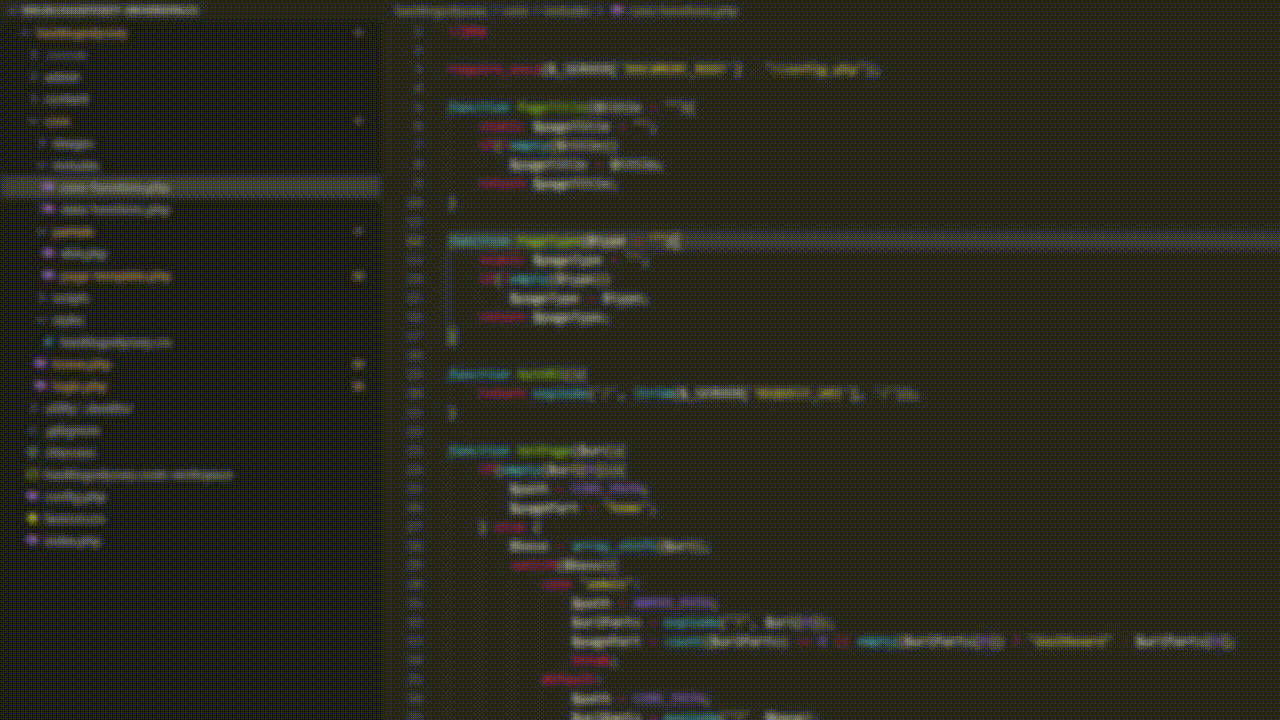
You know, we’ve been doing this blog thing for a while now, and year after year we’re convinced further that our choice to write about a topic we love was one of the best creative decisions we’ve made. I mean, it’s definitely had its ups and downs, and its challenges and triumphs, but at the end of the day we have a repository of works to look back on and be proud of.
In fact, it gives me a great sense of pride to look back on our ragtag beginnings right here on Hive (well, Steem back then), and compare it to where we are today. As we’ve grown more invested in our passion project, so have our ambitions, as well as the need to simplify how we work to accommodate them. And the first step along the way was hosting our own website. Not exactly the most simplistic of tasks, I know, but once we got over the hurdle of standing up our own server and figuring out how this fancy thing called Wordpress worked, it made it so we could create our content more frequently and much more consistently.
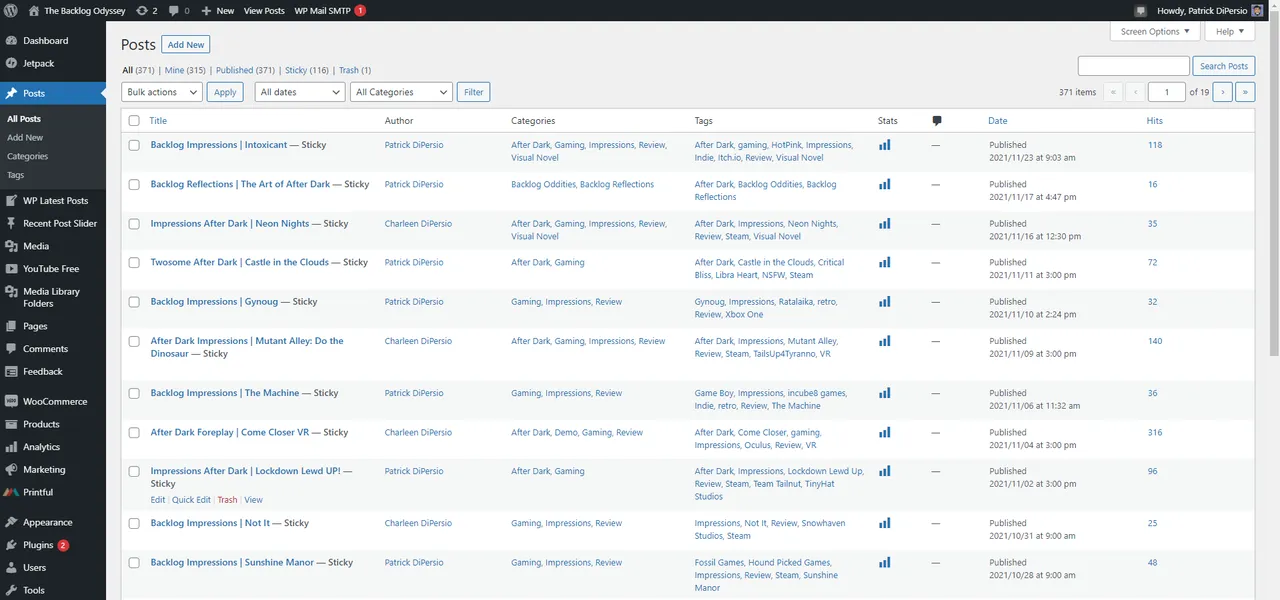
Using Wordpress also had the benefit of being extensible, meaning as we wanted to create more complex or unique types of articles, we could create theme extensions, plugins, or templates to do most of the heavy lifting for us. Which if I’m being completely honest, was a huge step forward for our productivity! Now however, we’re finding we want more. We can really only push Wordpress to do things our way, for so long, before those diminishing returns start to rear their ugly head. So we thought it was about time to break from the canned shackles of something someone else has built, and create something that catered specifically to our style. Which meant building our own website from the ground up, with all the shiny doodads we’d need to create the content we’ve alway strove to create. And I thought it would be fun to document that journey here.

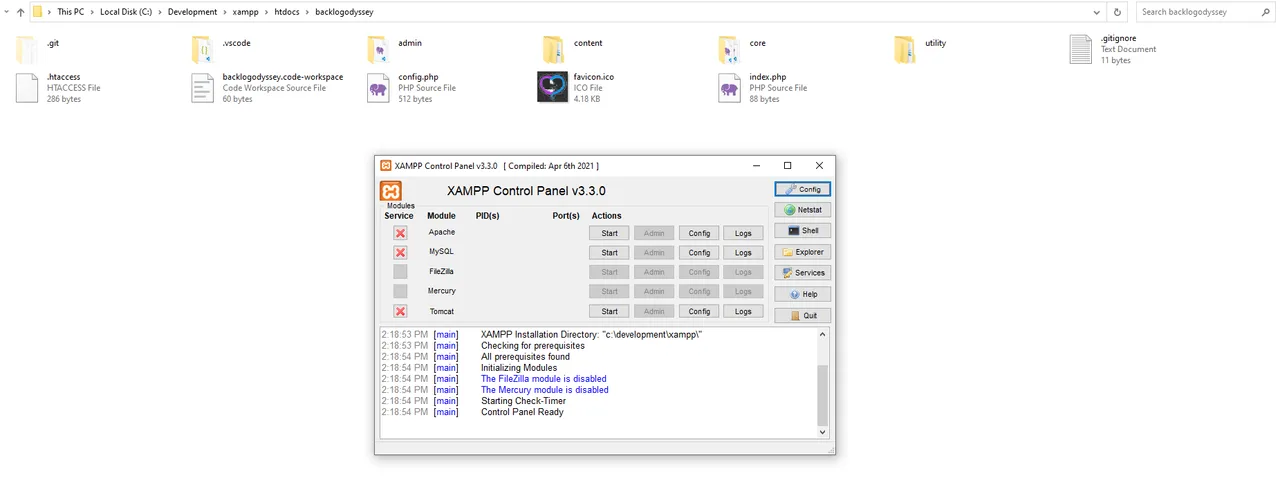
One of the biggest challenges when creating any type of software is deciding on where to begin. That said, since we were already so familiar with running a Wordpress website, we thought a great place to start would be to implement the same technologies it uses at its core. Which meant using PHP for our server side scripting, Apache for our web server, and MariaDB/MySQL for our database. And of course leveraging fancy client-side libraries like Bootstrap and jQuery to help make all of our front end development responsive, clean, and beautiful!
Fortunately, setting up a local development environment to get the ball rolling was super easy with the Apache distribution package called XAMPP, which pretty much contains everything I mentioned above in one simple installer. In fact, you can even set up Wordpress like this too, and it’s exactly how we did a lot of the development for our current website. You just tell it where to go, it sets everything up for you, and puts you in a prime position to start coding. The only thing you need after that is an IDE like Visual Studio Code (our first pick) to actually do the coding, along with a heavy dose of inspiration, and you’re good to go!

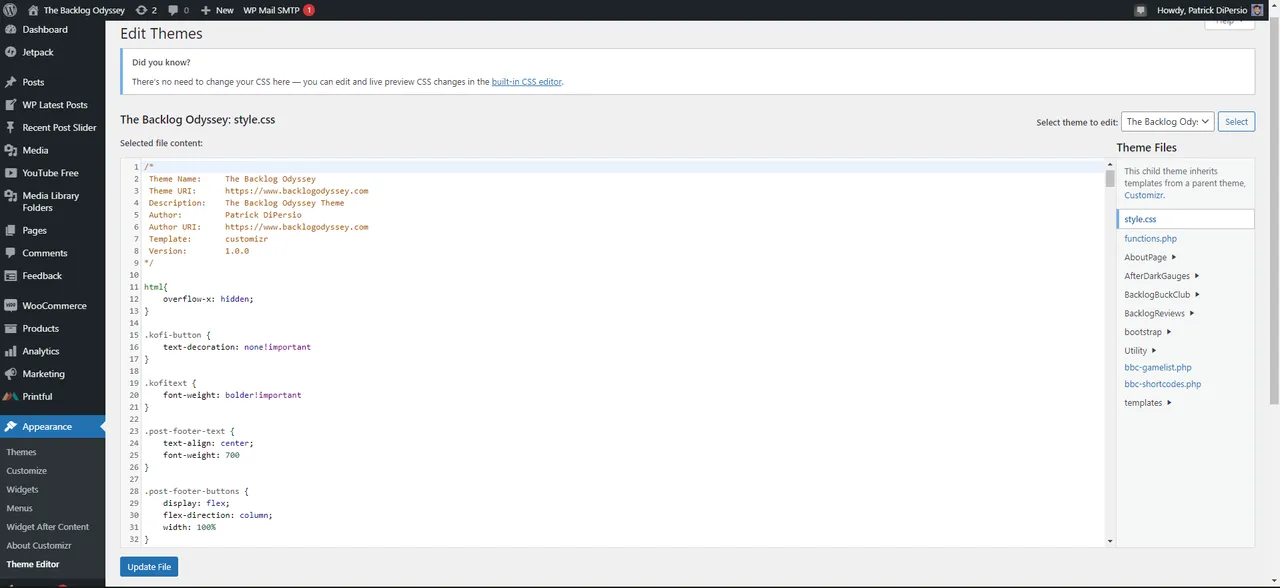
The next task once we had an environment to work in, was to figure out HOW we wanted to build the website. Which again leaned on our knowledge of Wordpress, how it worked, as well as what we liked/disliked about using it. For example, like in Wordpress, we’d want to be able to create user accounts with a variety of user privileges, or have the ability to write, edit, and schedule posts. Of course this also includes pages to view and read those posts, and the ability to create templated static pages like the website’s homepage, or any other information page we can dream up.
Most importantly however, we want to create a fuller featured post editor that’s not just one size fits all, but has everything we need to simply and easily create all of the different types of articles we publish, integrated directly into it. Including pre-built and insertable content blocks that have all of the stylings and logic needed to create them included. So all you’d have to do is add your text, or pictures, and like magic it’ll just work!
On top of it all, we’d love to have a closer integration with Hive so we can track key attributes directly from within our website, as well as having the ability to process our articles and prepare them for publishing. Which would mean stripping away some of the unsupported features integrated into our posts on our website, while keeping the core content intact.

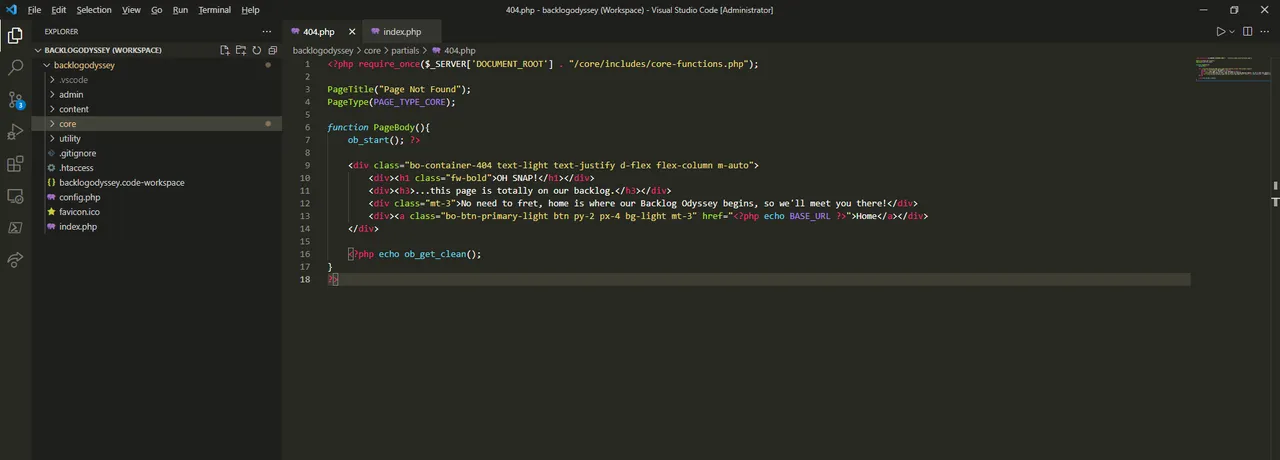
Thinking about everything we want from this homegrown website/blog is certainly intimidating, but we’re super excited for its potential. Not only because we’ll be able to call it our own, but because it’ll give us that much more room to grow and expand. There’s also a lot of work yet to be done, so we don’t expect to be finished anytime soon, but we’re going to be chipping away at it piece by piece until it’s ready. Starting with the basics like core functionality and growing it out from there!
I’m not sure how often we’ll be able to publish them, but as we build features and functionality out, I’ll be sharing our thought process and how we approach solving the various problems we run into, and I hope you’ll join us on this journey!
💙💜THANKS FOR READING!💜💙
If you like what we do and want to read more of our musings, then be sure to check out our website The Backlog Odyssey!
Or you can follow us on Twitter at @BacklogOdyssey to stay up to date with all of our shenanigans!